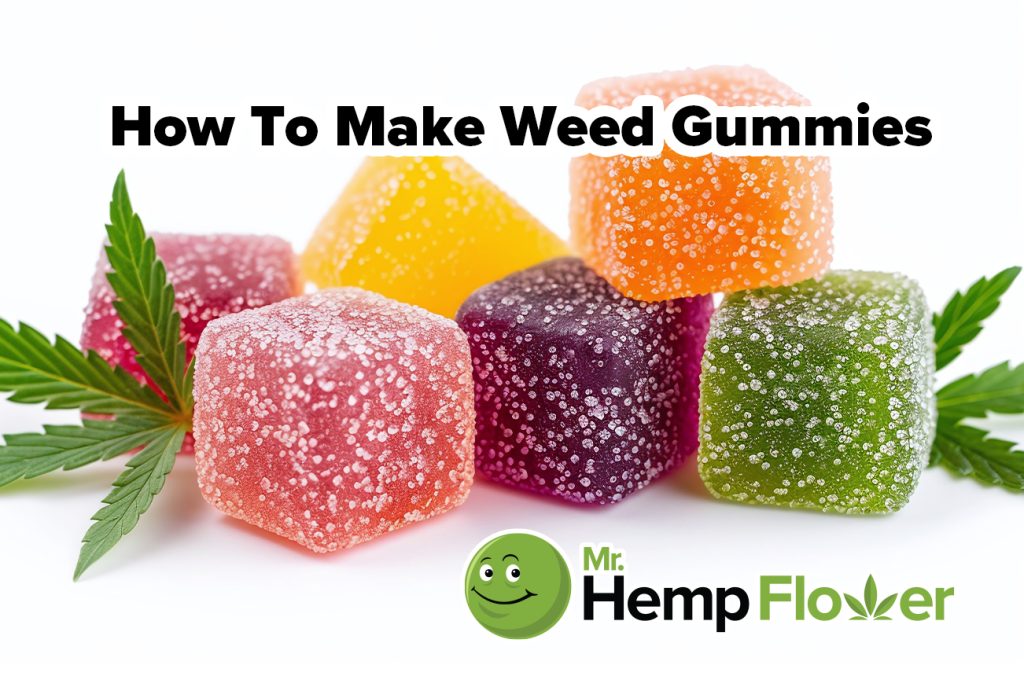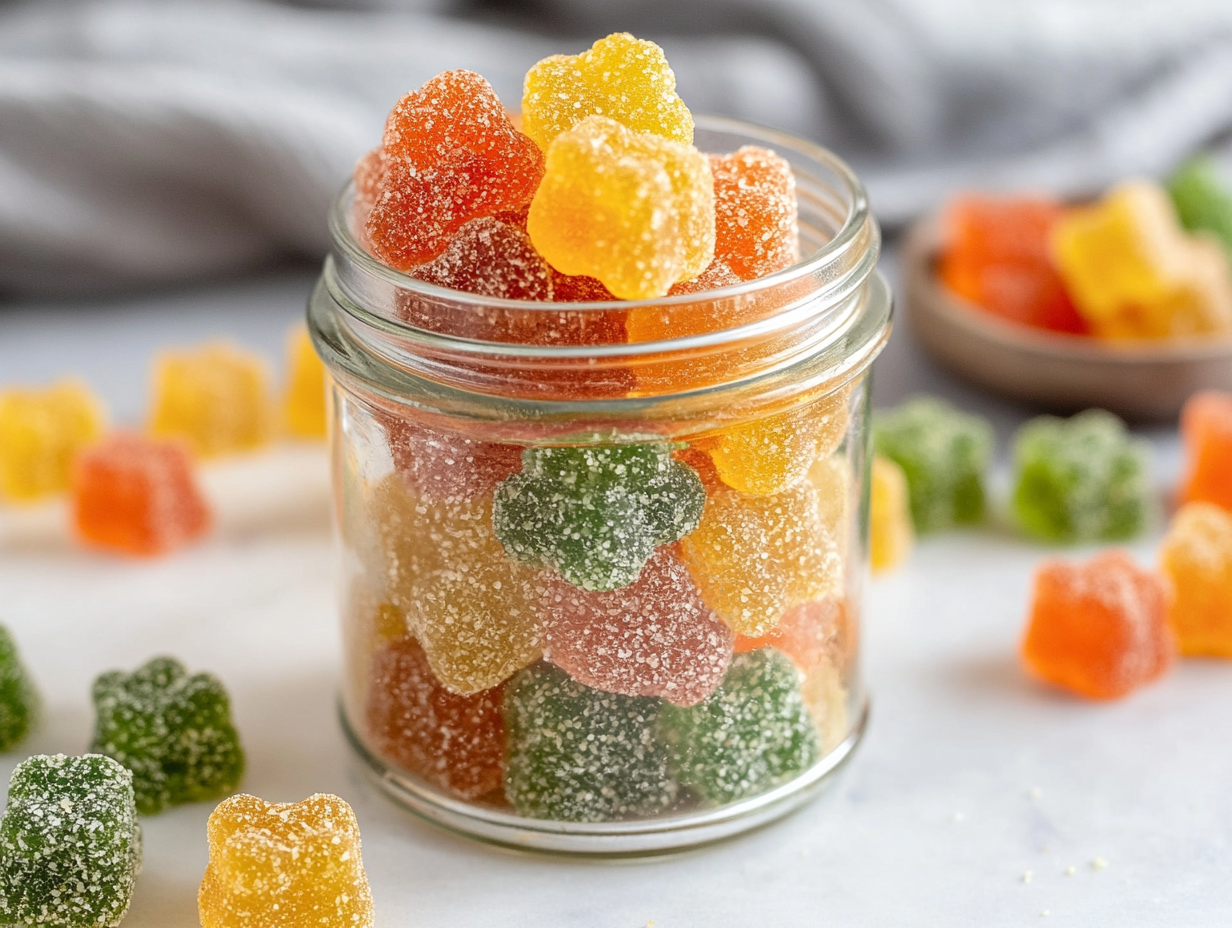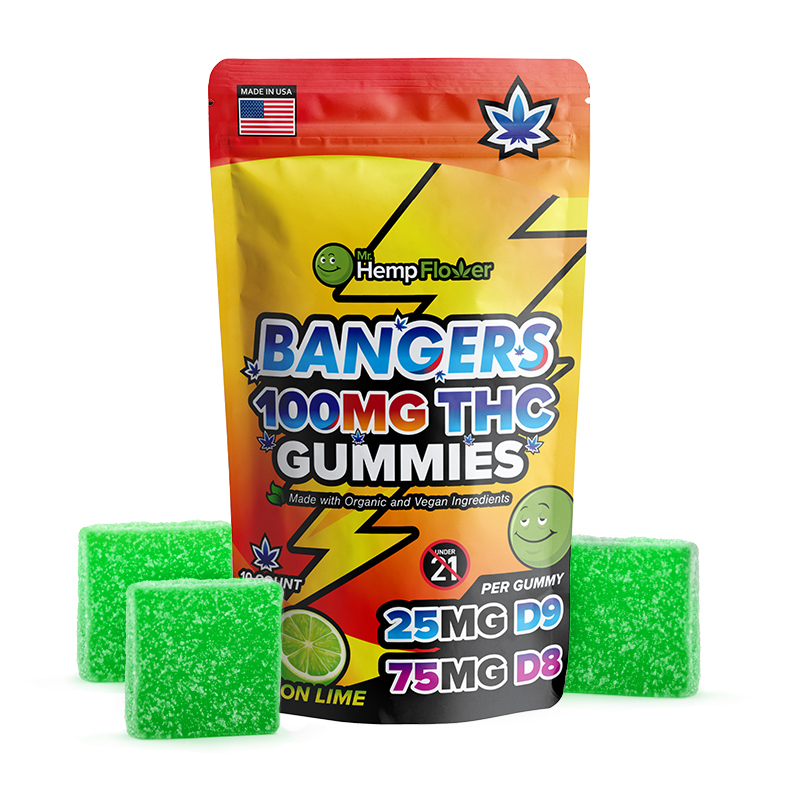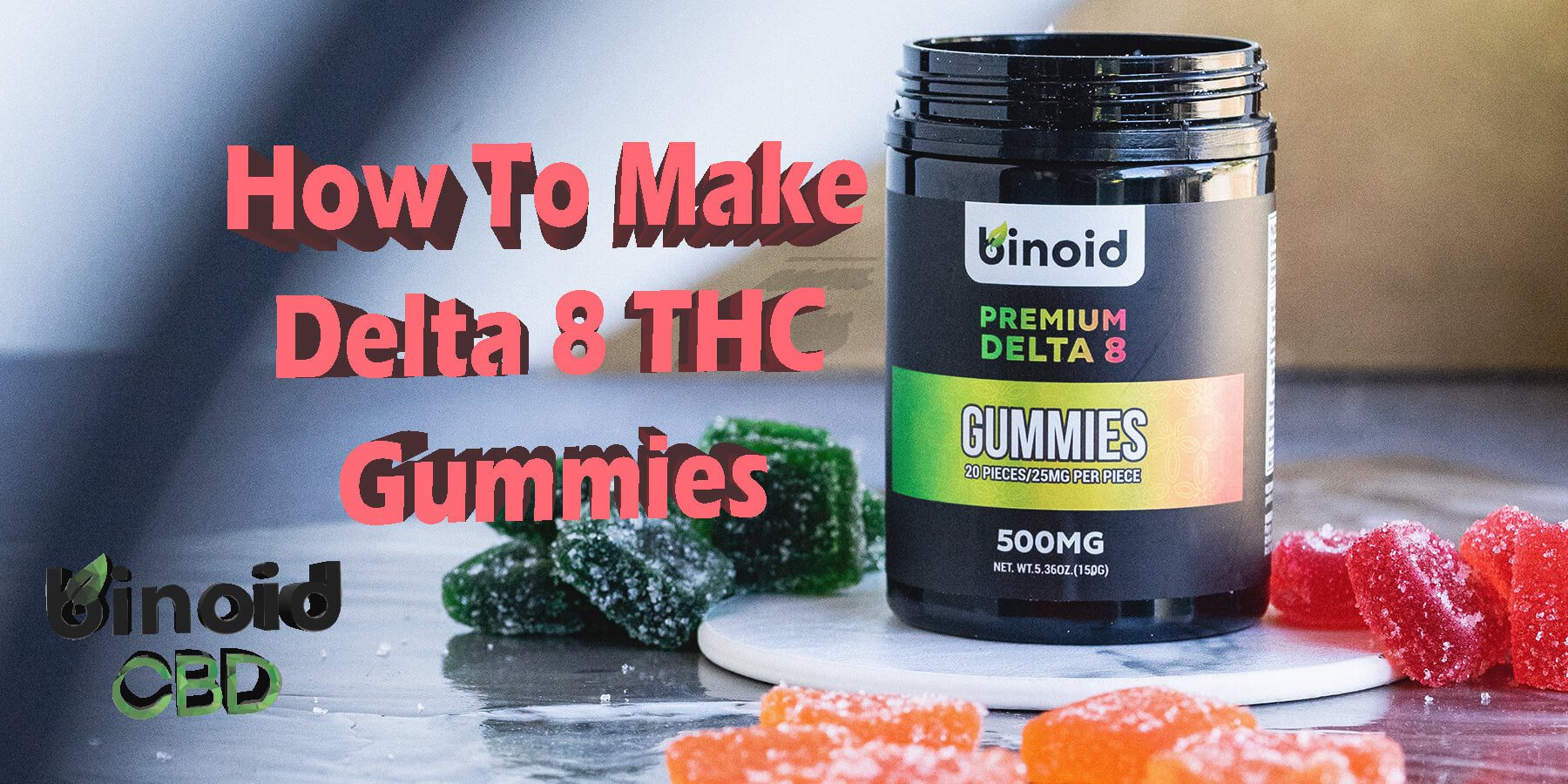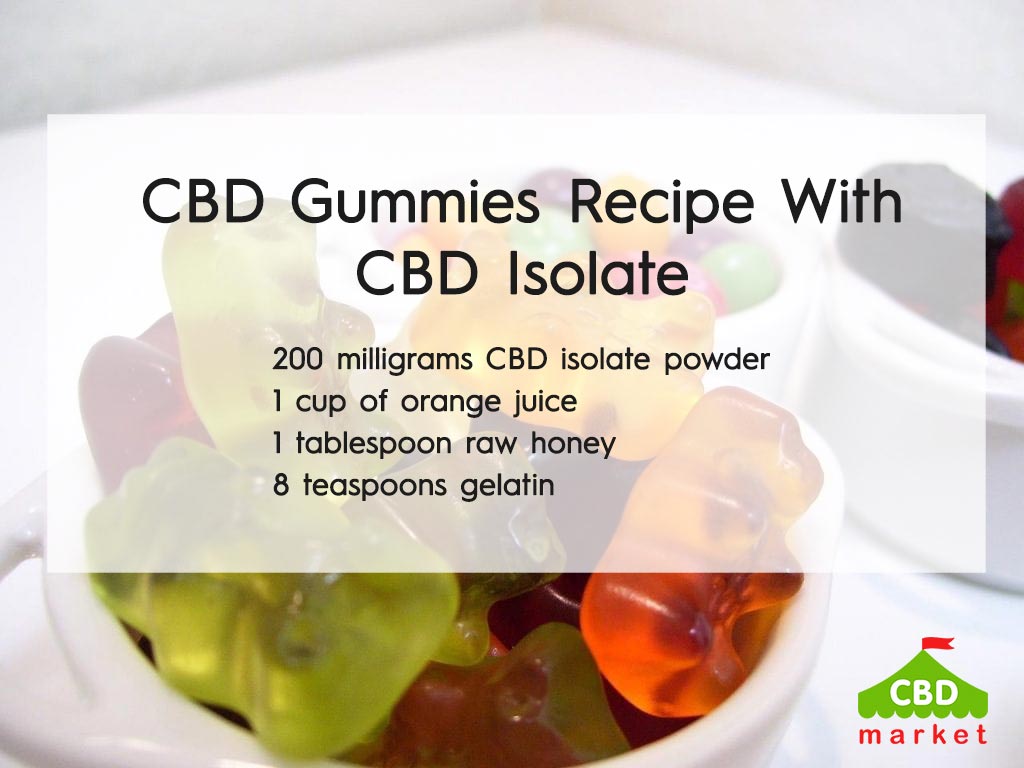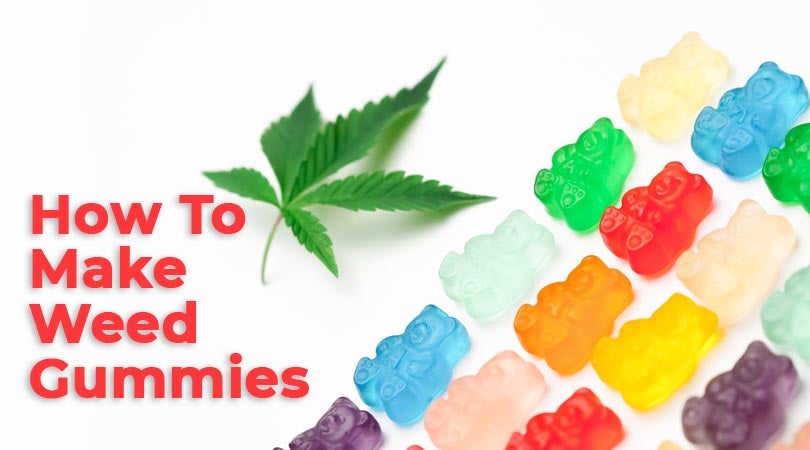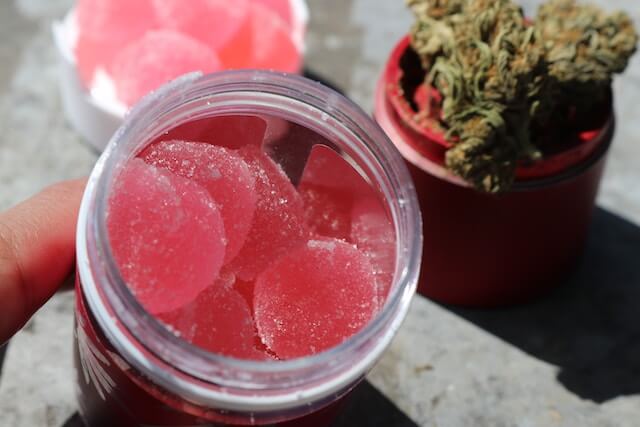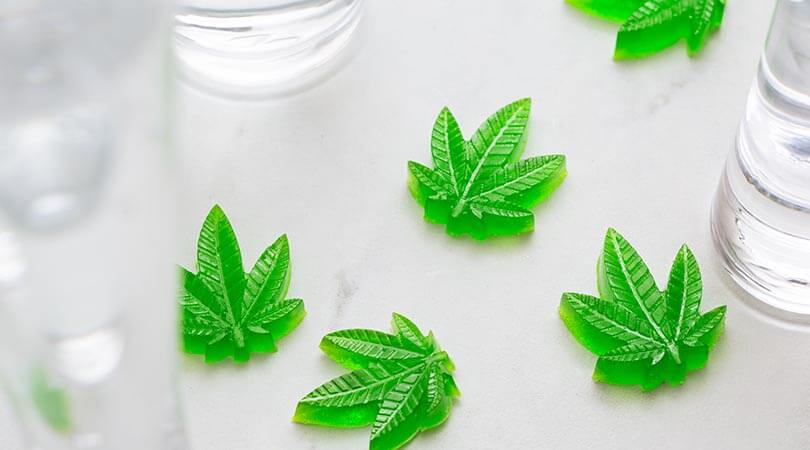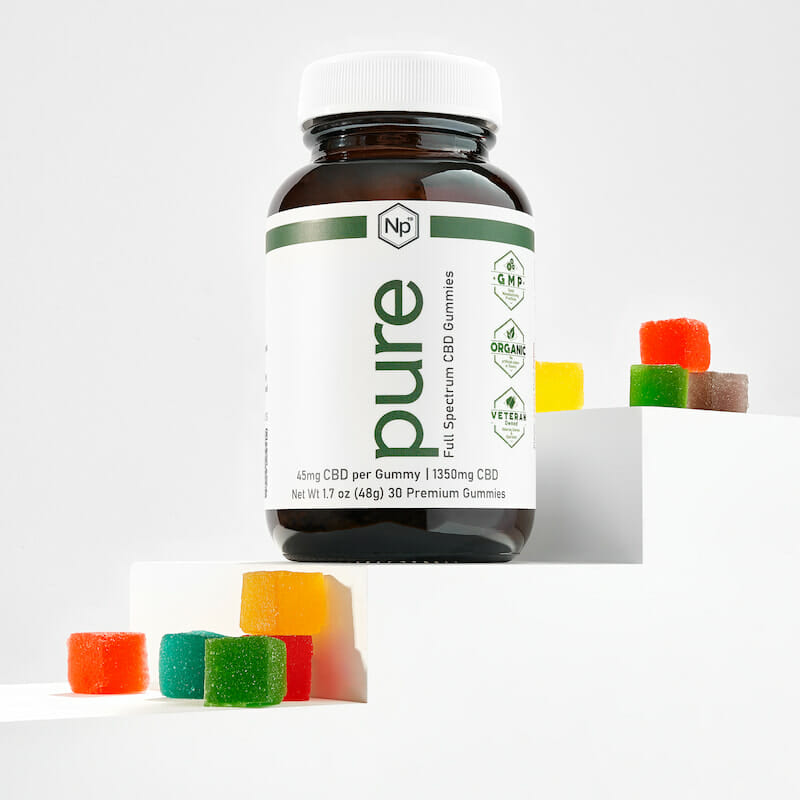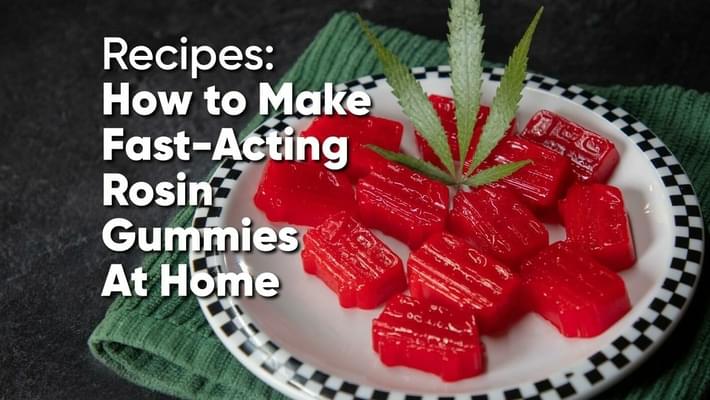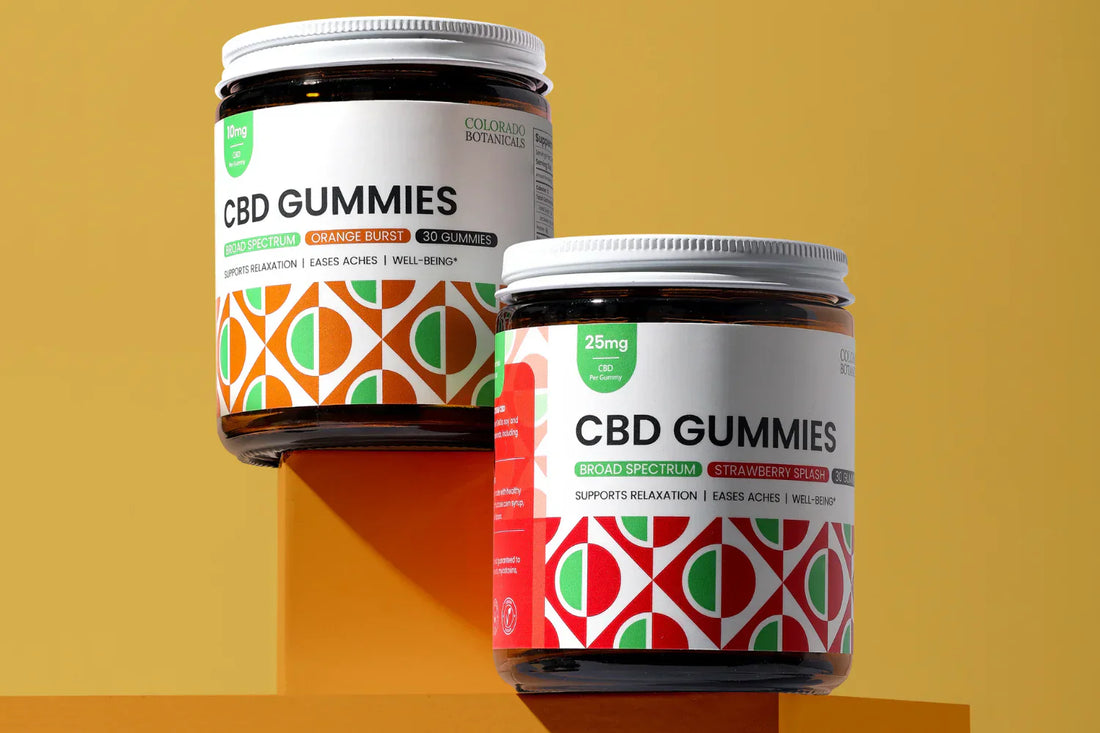How To Make Thc Gummies At Home

The allure of homemade edibles, particularly THC gummies, has surged in recent years, fueled by increasing cannabis legalization and a desire for controlled dosing. However, navigating the process of crafting these treats at home comes with significant legal, safety, and quality control considerations that demand careful attention.
This article delves into the intricacies of making THC gummies, examining the steps involved, highlighting potential risks, and emphasizing the importance of responsible practices. It's crucial to understand that while home production might seem appealing, it's not without its challenges and potential pitfalls.
Understanding the Basics
Making THC gummies involves infusing a gelatin-based mixture with cannabis extract, typically in the form of tincture, oil, or distillate. The process requires precise measurements, careful temperature control, and a thorough understanding of cannabis potency.
Before embarking on this endeavor, individuals must familiarize themselves with the specific cannabis laws in their jurisdiction. Possession and production of cannabis, even for personal use, may be illegal in certain areas, and penalties can be severe. Legal risks are a paramount concern.
Essential Ingredients and Equipment
The basic ingredients for THC gummies include gelatin, water, sugar (or a sugar substitute), flavoring, and a cannabis infusion. Equipment needed includes a saucepan, candy thermometer, molds, and measuring tools.
The cannabis infusion is the critical component, and its potency directly affects the final product. Accurate dosing is essential to avoid accidental overconsumption, which can lead to unpleasant or even dangerous side effects.
Proper molds are crucial for creating consistent and appealing gummies. Silicone molds are typically preferred due to their non-stick properties and ease of cleaning.
The Step-by-Step Process
First, the gelatin is bloomed in cold water. This allows it to properly hydrate and dissolve, ensuring a smooth texture in the final product.
Next, sugar and flavored liquid are heated in a saucepan until the sugar dissolves. The temperature should be monitored carefully to prevent burning or scorching.
The bloomed gelatin is then added to the heated mixture, stirring constantly until fully dissolved. It is important to ensure the gelatin is completely dissolved to avoid a grainy texture.
Once the mixture is smooth, the cannabis infusion is carefully added and thoroughly mixed in. Even distribution of the cannabis is critical for consistent dosing throughout the batch.
The mixture is then poured into the prepared molds and allowed to set, typically in a refrigerator, for several hours. This allows the gelatin to solidify and the gummies to take shape.
Finally, the gummies are removed from the molds and stored in an airtight container in a cool, dark place. Proper storage is essential to maintain potency and prevent degradation.
Dosage Considerations
Accurate dosing is arguably the most challenging aspect of making THC gummies at home. The potency of cannabis extracts can vary significantly, making it difficult to determine the precise THC content of each gummy.
It is crucial to start with a low dose, typically around 2.5 to 5 milligrams of THC per gummy, especially for those new to edibles. "Start low and go slow" is a common mantra in the cannabis community.
Testing the potency of your cannabis infusion before making gummies is highly recommended, but often difficult for home cooks. Professional lab testing provides the most accurate results, but is also expensive and not readily available in all areas.
Potential Risks and Safety Precautions
One of the primary risks associated with homemade THC gummies is accidental overconsumption. Edibles can take significantly longer to take effect compared to inhalation, leading some individuals to consume more than intended.
Improper storage of THC gummies can also pose a risk, especially if children or pets are present in the home. Gummies should be stored securely, out of reach and sight of children and animals.
Additionally, the use of unregulated or untested cannabis products can expose consumers to potential contaminants, such as pesticides or heavy metals. Purchasing cannabis from licensed and reputable sources is essential to minimize this risk.
When working with cannabis extracts, it's important to wear gloves and eye protection to prevent skin and eye irritation. Proper ventilation is also crucial to avoid inhaling harmful fumes.
Legal and Ethical Considerations
As mentioned earlier, the legality of making THC gummies at home varies depending on local laws. It is crucial to research and understand the specific regulations in your area before engaging in this activity. Ignorance of the law is not a defense.
Even in jurisdictions where cannabis is legal, there may be restrictions on the amount of cannabis that can be possessed or processed. Exceeding these limits can result in legal penalties.
Furthermore, it is unethical to share or sell homemade THC gummies to individuals who are underage or unaware of their contents. Responsible consumption and distribution are paramount.
The Future of Homemade Edibles
As cannabis legalization continues to spread, the demand for homemade edibles is likely to increase. However, the need for responsible practices, accurate dosing, and adherence to legal regulations will remain critical.
Advancements in technology, such as at-home cannabis testing kits, may eventually make it easier for consumers to accurately determine the potency of their homemade edibles. This could significantly improve safety and reduce the risk of overconsumption.
Ultimately, the future of homemade THC gummies depends on a combination of responsible consumer behavior, evolving legal frameworks, and technological innovation. A cautious and informed approach is essential for navigating this complex landscape.
